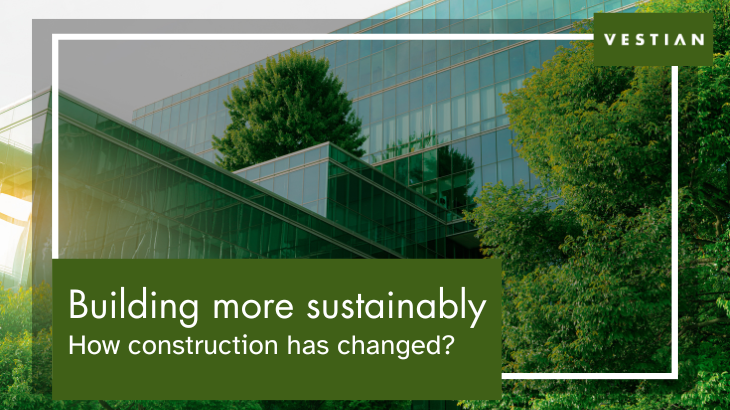The construction industry has witnessed a transformation over the years, driven by emerging technologies, changing regulations, and a growing emphasis on green construction practices. Today, the focus is on building sustainably and minimizing the environmental impact of the built environment. The industry has undergone significant changes to embrace these principles, resulting in more energy-efficient designs, the use of green building materials, and the integration of renewable energy sources.
In the past, construction practices prioritized speed and cost-efficiency without much consideration for sustainability. However, with increasing awareness of the environmental consequences, the industry has shifted its priorities. Energy-efficient designs have become a central aspect of construction projects, incorporating advanced insulation, HVAC systems, and smart technologies to reduce energy consumption and carbon emissions. Use of green building materials, recycled and reclaimed materials, such as wood and steel, are being utilized to reduce waste and sustainable and renewable materials like bamboo and hemp are also gaining popularity, offering eco-friendly alternatives. There is also a growing integration of renewable energy sources within building designs. This includes the incorporation of solar panels, wind turbines, and geothermal systems, allowing for the generation of clean energy on-site and reducing dependency on fossil fuels. By adopting these measures, not only are carbon emissions reduced, but there are also long-term cost savings in terms of energy expenses.
Moreover, the construction industry has widely embraced the concept of lifecycle assessment. By considering factors such as material extraction, manufacturing, construction, operation, and eventual demolition or recycling, this approach ensures a holistic approach to sustainability. It enables construction professionals to make informed decisions throughout the building’s life cycle, minimizing its overall environmental footprint and promoting responsible resource management.
To further promote and regulate green construction practices, industry standards, codes, and certifications like LEED certification and the Living Building Challenge, also encourage adopting sustainable building practices and creating environmentally responsible structures. These certifications incentivize builders, architects, and developers to incorporate sustainable features and systems into their projects, driving the industry towards a greener future.
Green construction practices not only benefit the environment but are also relevant to stakeholders. Adopting sustainable practices can result in significant cost savings, as well as direct environmental benefits such as waste reduction, improved fuel efficiency, and better indoor air quality. For clients, sustainable buildings can lead to lower long-term operating costs, improved reputation, and a positive environmental impact. Contractors who possess knowledge and expertise in green construction methods have a competitive edge, securing more lucrative and innovative projects. Furthermore, green construction practices can help organizations with their CSR, positioning them as an environmentally conscious company.
By embracing sustainable methods and adapting to evolving requirements, the construction industry can play a pivotal role in creating a greener and more sustainable world for future generations.
